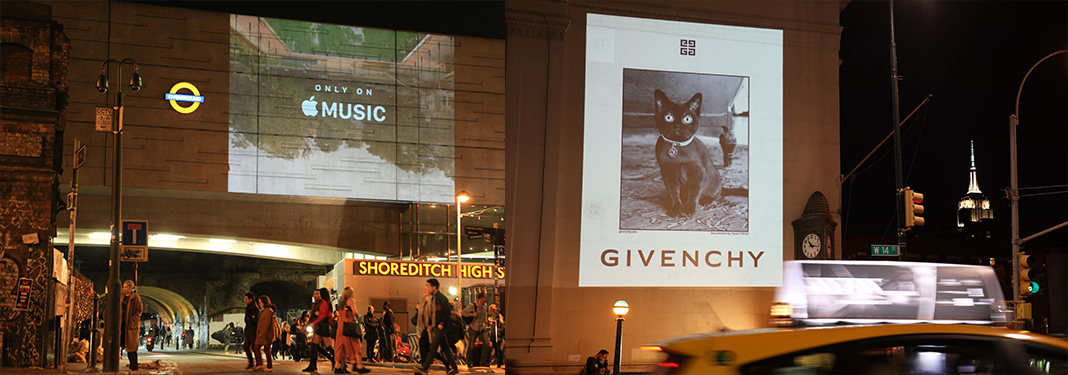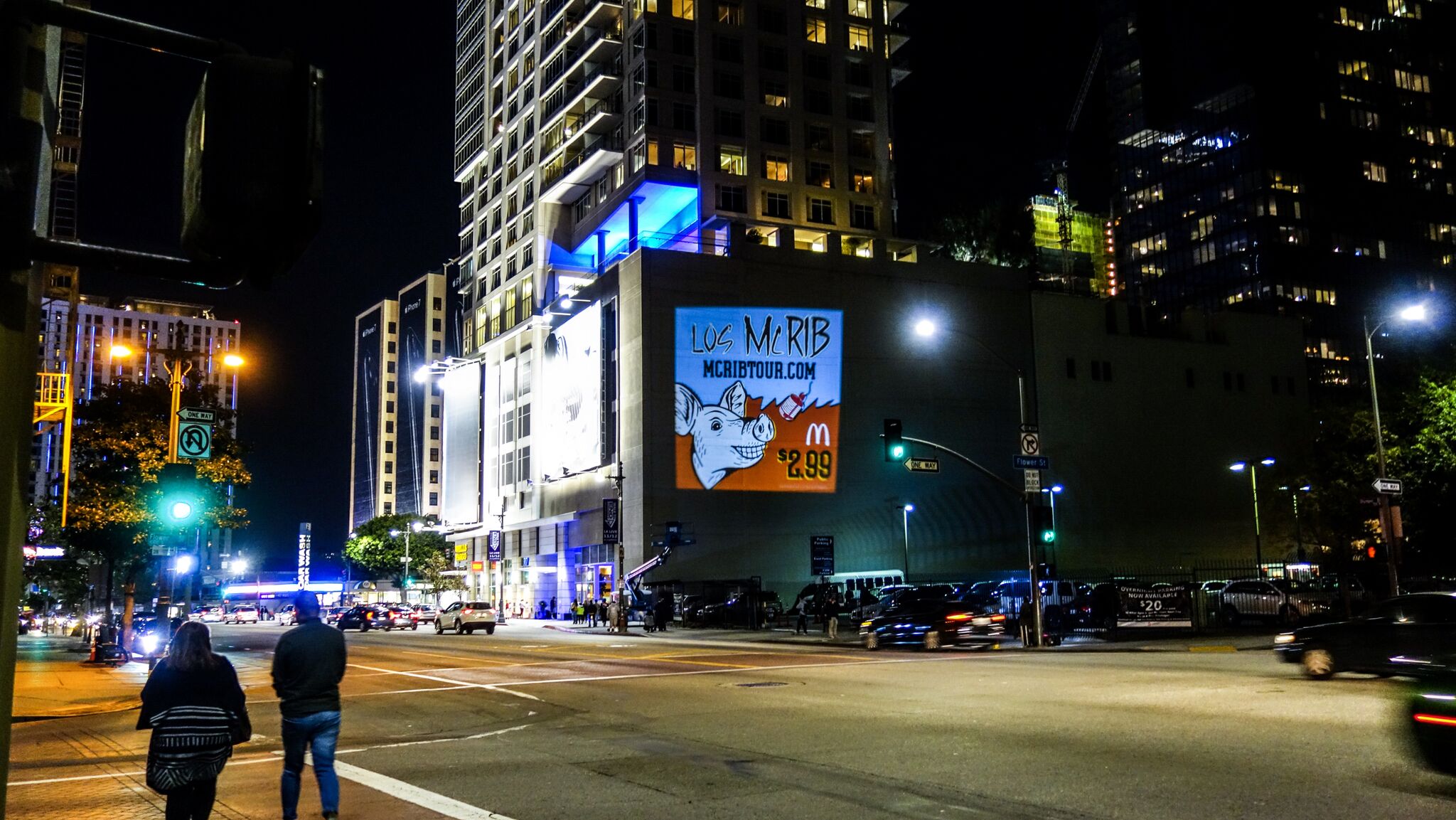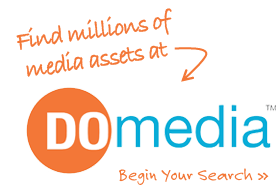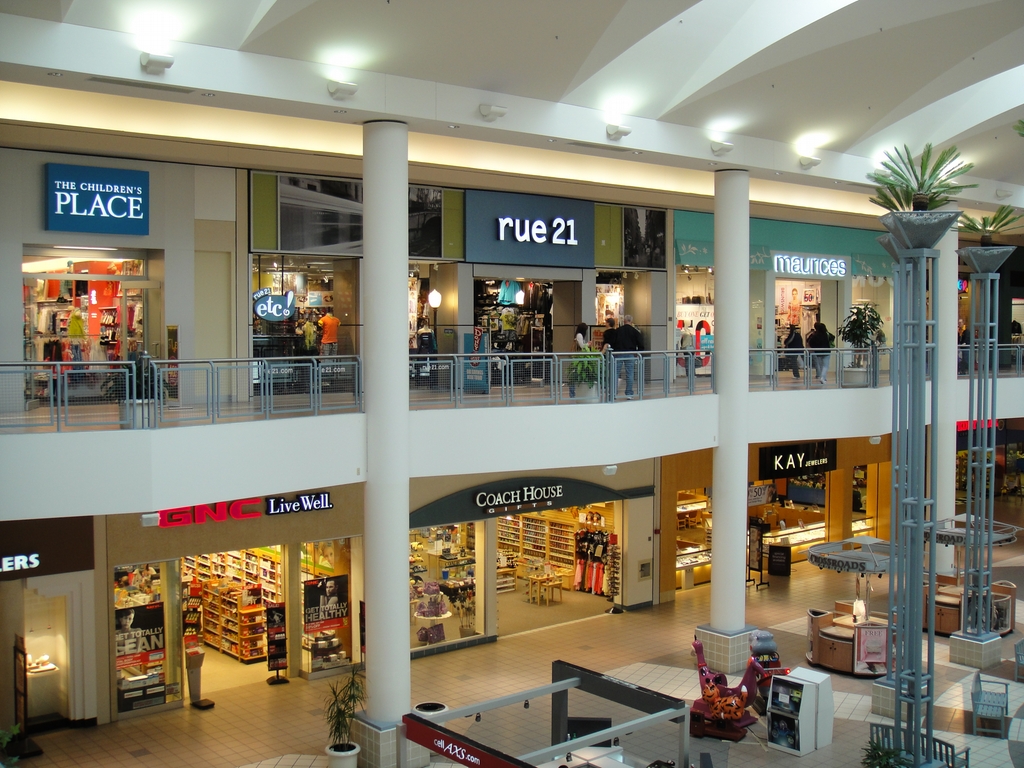
Black Friday is fast approaching and consumer businesses are gearing up for the mad rush. It’s estimated that more than 154 million people will shop the weekend after Thanksgiving. With many ways to reach consumers, out-of-home advertising (OOH) has surged over the past three years, with spend during the week of Black Friday up 65% year-over-year. In today’s blog post, we’ll break down some interesting statistics about this year’s OOH Black Friday advertising spend.
Cinema advertising surges 134% during week of Black Friday. Movie theaters are one of the few places open on Thanksgiving. Many families make a tradition out of seeing a film together after bonding over a delicious meal. That means cinemas are one of the last places to reach people before they begin their Black Friday and Cyber Monday shopping.
Cities with more disposable income are seeing the largest increase in spend. It’s not exactly shocking that advertisers are focusing on people in cities who have more money to spend. What’s interesting is that are the same time, we are also seeing a large increase in spend in medium-size cities with per-capita income below the national average. This is because the people in these cities have more financial incentive to take advantage of Black Friday sales if they know about them. It makes sense for advertisers focus more dollars there.
2017 spend during Black Friday is up 178% compared to weekly average spend. Advertisers want to hit consumers leading up to the biggest shopping day of the year. In fact, the top ten biggest shopping days of the year occur between November 25th and December 26th. Given that most OOH is bought in 4-week cycles, if you’re advertising at all during the holidays, your ad needs to be up by the end of November. This is why we see the huge increase during Thanksgiving week.
Happy shopping!
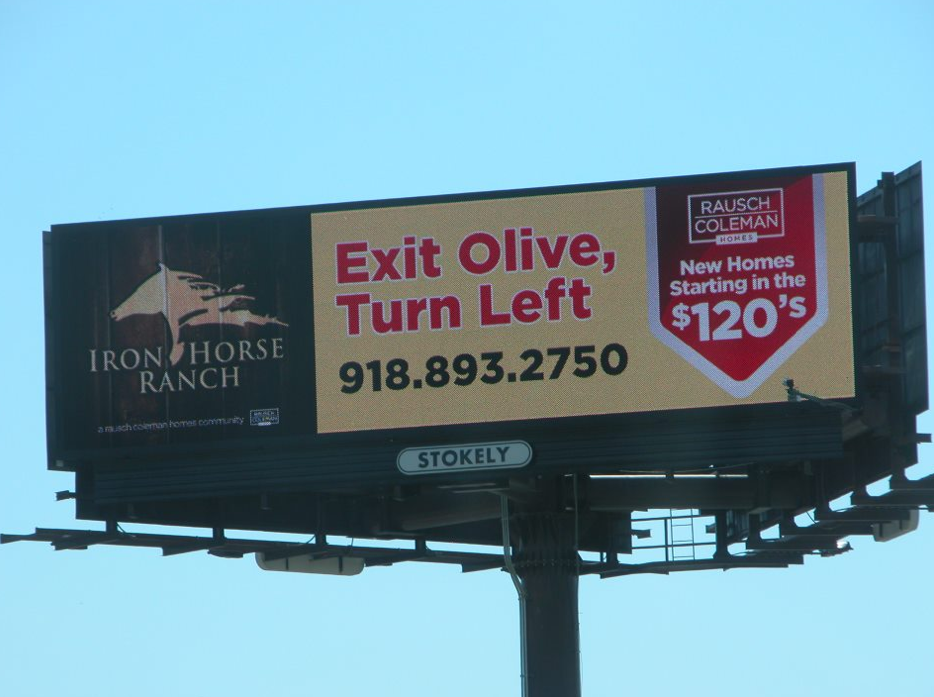
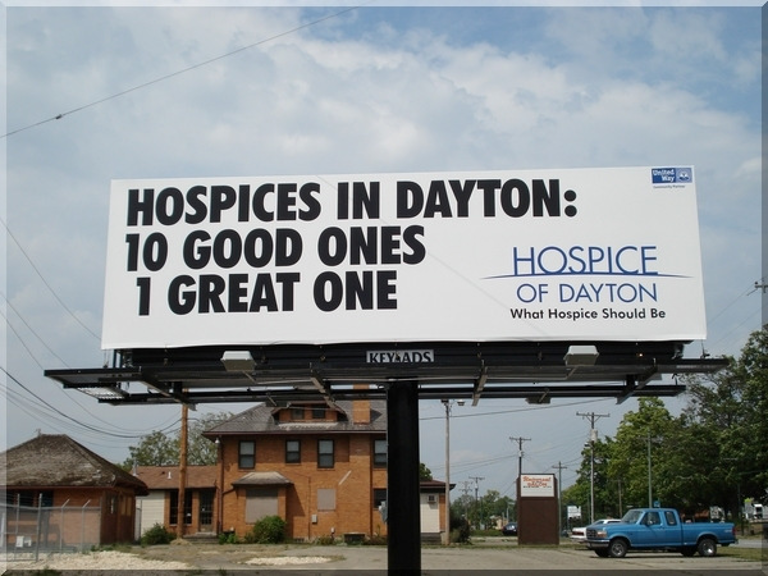

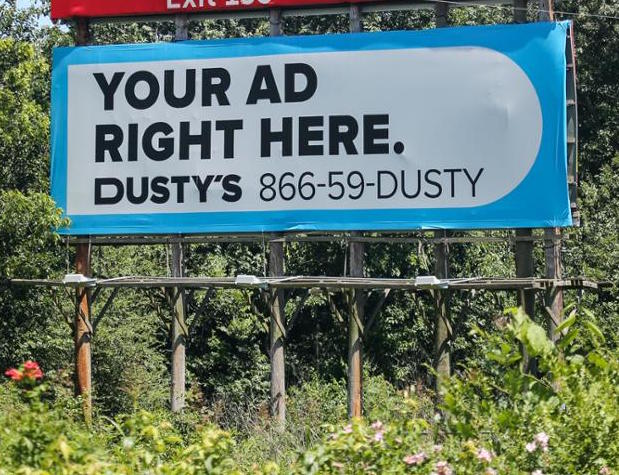
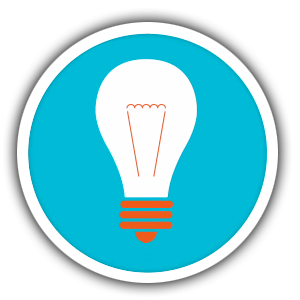


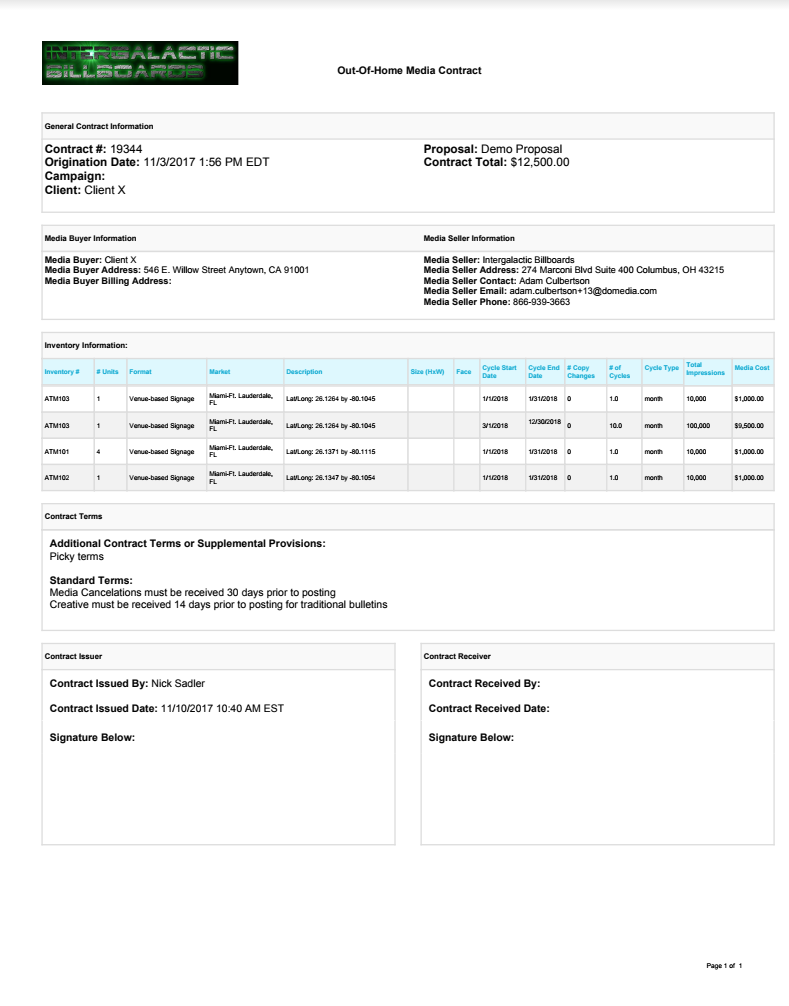
 Founded in 1891, the Outdoor Advertising Association of America is
Founded in 1891, the Outdoor Advertising Association of America is 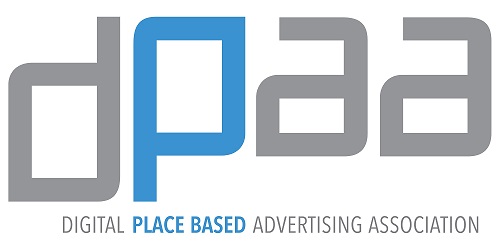 The Digital Place-Based Advertising Association is a great resource for any brand, agency, or company interested in digital out-of-home advertising. The DPAA is the go-to source for
The Digital Place-Based Advertising Association is a great resource for any brand, agency, or company interested in digital out-of-home advertising. The DPAA is the go-to source for 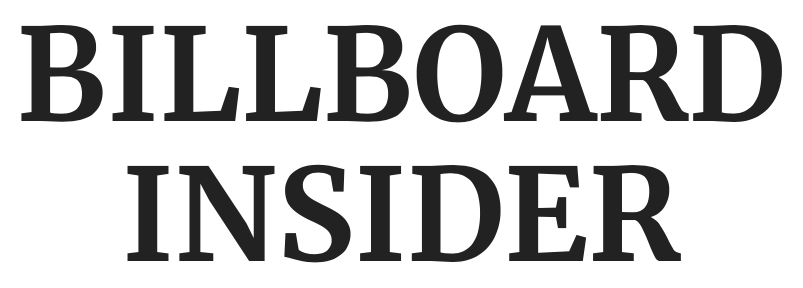 Billboard Insider is the OOH hub for breaking headlines, articles, and engaging visuals related to the industry. In addition to posting headlines pertaining to
Billboard Insider is the OOH hub for breaking headlines, articles, and engaging visuals related to the industry. In addition to posting headlines pertaining to